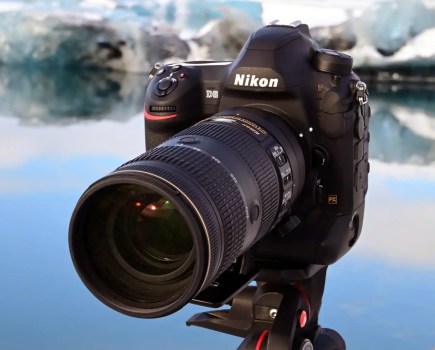There’s been a recent trend where people have been seeking out vintage digital cameras for a more creative look to their images. Here Joshua Waller rounds up some of his favourite early digital cameras.
Why are people so interested in vintage digital cameras?
For the unique photographic experience – Thanks to early digital cameras often struggling in ways modern digital cameras and smartphones don’t, it can give people a somewhat unique photography experience. Some older cameras are more likely to feature an optical viewfinder, a rarity on today’s compact cameras. There’s also nostalgia, and if you once owned one of these cameras, buying it again can bring back a flood of nostalgia, especially if you get one that’s still in the box.
For the aesthetic look of the images – Older cameras often struggle with low-light, sometimes struggling with focus, with massively lower dynamic range to boot, giving some photos the look of film photography. In fact, many early digital cameras, sometimes referred to as “Y2K digicam“, are downright terrible compared to modern cameras and smartphones, but this is part of the appeal for maximum aura.
By not being as truly perfect as modern cameras and smartphones, they have become the obvious choice to some people for creative and fun photography. The icing on the cake being that you can sometimes find them for a bargain price, with some cameras available for as little as $20 / £20.
Here we run through some of the more interesting highlights from the history of compact digital cameras, although be warned, some of these are now quite sought after, and can command premium prices, becoming collectors items in their own right. Also, whilst some of these may have been very good at the time, they don’t always stack up anymore (although this could make them even more appealing).
- Find more great retro looking cameras in our guide to Fujifilm X100VI alternatives.
Another issue to be aware of is having to try and find working cameras, as many old digital cameras simply stop working, so pay close attention to what you’re buying.
If you do go for a budget model, this may free you up to stop caring about carrying around an expensive camera, meaning you can take your camera to places you wouldn’t normally want to risk it, and the compact size could make it more suitable for street photography.
CCD vs CMOS sensor in digital cameras?
People might tell you that you want an early digital camera with CCD sensor, for a more “film like” image rendering, however, what you’ll most likely find is that with any older digital camera noise is worse, and dynamic range is much lower than modern cameras, and therefore correct exposure becomes all the more important.
Early digital cameras mostly used CCD sensors, and it was only the cheaper models that used CMOS sensors. Often CMOS sensors were seen as the low-quality choice, but all that changed with the introduction of high-speed CMOS sensors in some cameras, and then with the introduction of BSI CMOS sensor (backside-illuminated), image quality took a big step forward in giving better noise performance.
Older digital cameras often used a CCD sensor, rather than a CMOS sensor, so if you’re looking for the best compact cameras with a CCD sensor, then this list is a great starting point:
Quick List:
- Fujifilm F10 (and subsequent 6MP models)
- Ricoh GR Digital (and subsequent) – non-APS-C version
- Olympus C-750 / C-765
- Canon Powershot S90/S95
- Sigma DP1/DP1s/DP1x
- Sony Cyber-shot R1
- Olympus PEN E-P1
- Canon Powershot G2
- Leica Digilux 2
- Casio Exilim S100
- Contax i4r
- Lego Camera
Many of these cameras come from the era when the point-and-shoot camera was all the rage, so if you’re expecting full manual controls and raw shooting, you’ll need to be careful what you choose. In no particular order…
Fujifilm F10 (6MP, 2005) / F30 / F31fd (2006)
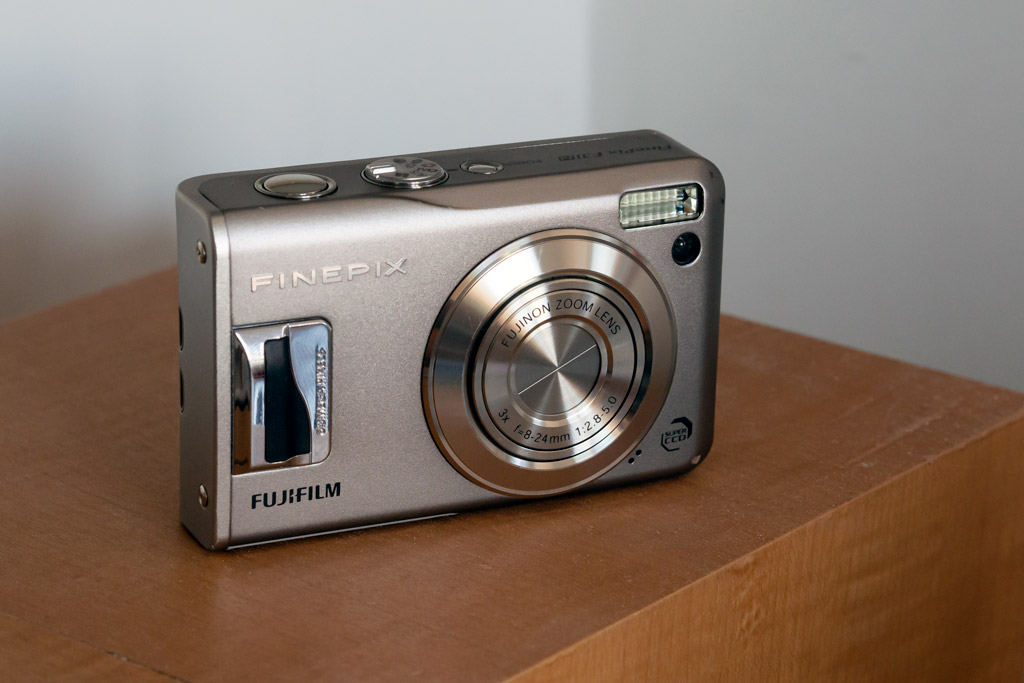
Alternatives: Fujifilm F11 (6MP, 2005), F30 (6MP, 2006), F31fd (6MP, 2006)
The first Fujifilm Finepix F10 was somewhat magic back in the day, it made a massive leap forward in low-light performance, and the ability to deal with noise, meaning that for the first time ever you could use high ISO speeds in a compact camera, without recoiling in horror!
“The Fujifilm F31fd is perhaps the crème-de-la-crème of old vintage digital cameras.” – Joshua Waller
This line of cameras was continued with the F11, F30, F31fd, using the same impressive 6MP sensor. Things were never really the same when the following F40fd / F45fd which came out with an 8MP sensor, and then when Fujifilm jumped to a 12MP sensor, some of the magic was gone, leaving these early 6MP digital cameras still sought after today, and the true cult classic.

Worth noting: These cameras use XD memory cards, which are available in sizes up to 2GB. There was also a budget version, the Fujifilm F20 (2006).
Price from $60+, £50+
Ricoh GR Digital (8MP, 2005)

Alternatives: Ricoh GR Digital II (10MP, 2007), Ricoh GR Digital III (10MP, 2009), Ricoh GR Digital IV (10MP, 2011)
No, not the new APS-C versions, but the original compact cameras with a compact sensor to match. These cameras challenged the status quo by giving you no zoom, instead a 28mm equivalent fixed focal length lens, with auto-focus. If you wanted to change the focal length, you would have to buy the optional wide-angle or telephoto adapters, or crop the image.
The macro performance of this camera was quite good, but focus was also slow and not the most reliable thing in the world. Snap focus was available for street photography, and speed, but with pre-set focus you may not always get perfect focus. Perhaps this was part of the charm, and combined with the compact size, this was a fun camera to use, even if the results weren’t always reliable. I spent a lot of time shooting with the Ricoh GR Digital III, and remember it being an enjoyable camera to use (despite the sometimes unreliable results).
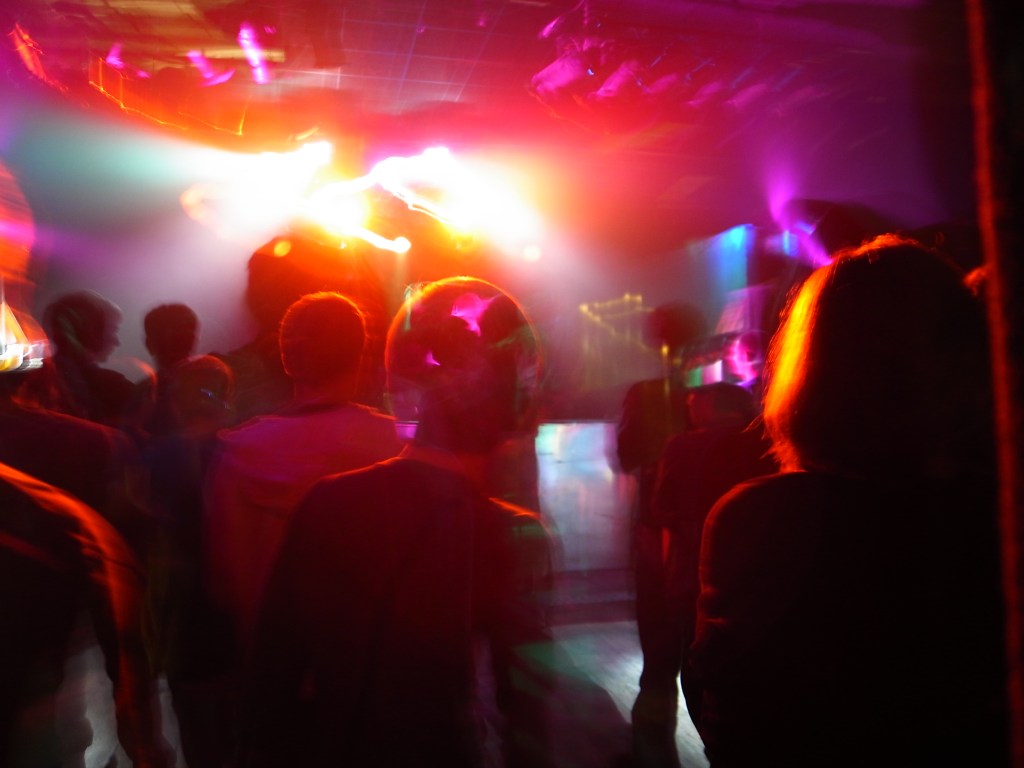
You could look out for the Ricoh GR Digital, GR Digital II, or GR Digital III, or even newer versions (GR Digital IV, 2011), if you’re struggling to find one.
Highlights: Smaller than your average 35mm film compact, an optional optical viewfinder could be added, if your battery went flat you could use 2x AAA batteries instead. Uses SD memory cards. The GR Digital IV adds sensor-shift image stabilisation.
Price from $175+, £150
Read our Ricoh GR Digital review.
Olympus C-750 (2003) / C-765 (2004)

Some of the first true ultra-zoom cameras – these were incredibly well made for a “compact camera” with lovely metal bodies. It wasn’t until 2006 when Panasonic released a similar camera with the 10x optical zoom Panasonic Lumix TZ1.
The Olympus C-765 was an improvement over the C-750, with a new camera body it was the “World’s smallest” 10x zoom digital camera, and features a 4MP CCD sensor. The lens went from a 38mm equivalent to 380mm – and whilst that’s not very wide-angle, at the time it was fairly normal for the wide-angle end of a compact camera to not be very wide at all.
Image quality is definitely something that pales in comparison to modern cameras, and without any form of image stabilisation, you’ll need to pay attention to light levels, or use the built-in pop-up flash. A super macro mode lets you focus on objects that are 3cm away, and this camera features a VGA video mode, but with just 15fps you might not want to use this feature (unless you want to recreate the Super 8 look).

When released it was $499 / £399, making it an expensive camera, and one I used to dream of buying. This makes the $25 / £25+ price on eBay practically a bargain!
Highlights: Uses XD memory cards, metal bodied camera, exposure compensation is adjusted using the left and right arrows on the back
Price from $25+, £20+
Canon Powershot S90 (2009) /S95 (2010)

This was amazing for the size – and perfectly capable of being used for events, as long as you were going to use the images online. In fact, the inclusion of this camera is one up for debate, as the camera delivers great results, and may not stand out as particularly interesting. However, we recommend using exposure compensation set to -0.3EV and select vivid colour, and you’ll get some memorable shots.
The Canon Powershot S90 and S95 feature a CCD sensor, and from the S100 onwards Canon switched to a BSI CMOS sensor. There’s not a lot of difference between the S90 and S95, but Canon did start adding features to improve dynamic range with the S95, with an HDR mode and dynamic range options.
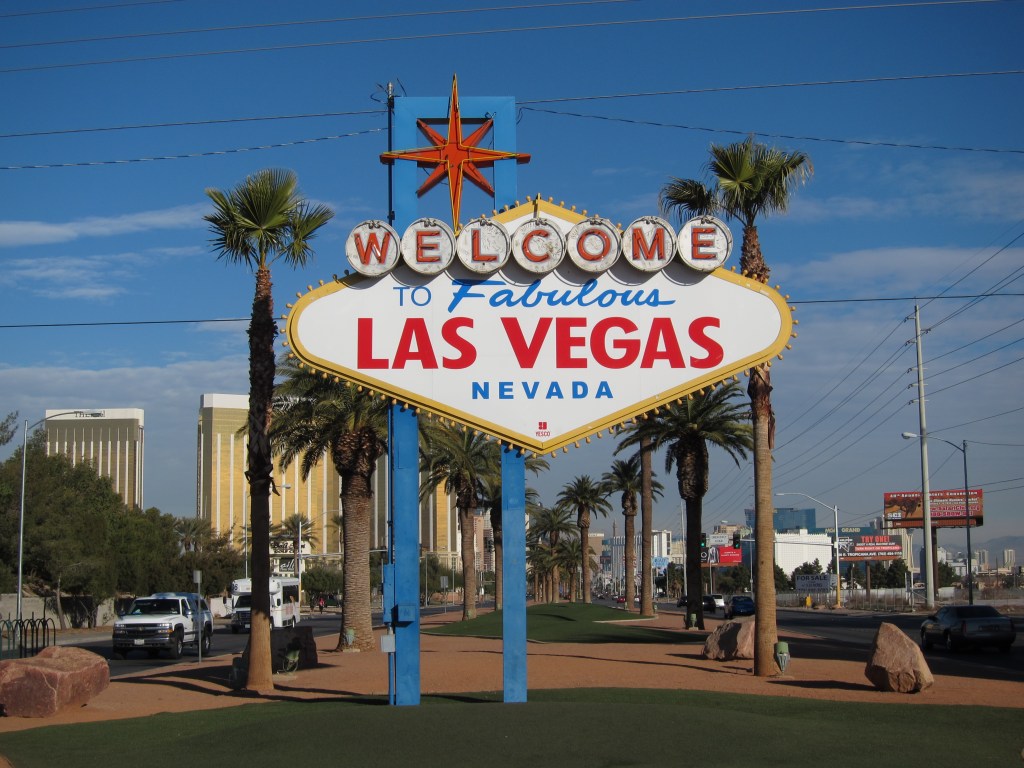
Highlights: Uses SD memory cards, shoots RAW
Also worth noting, that there’s the Canon Powershot S200 which also features a CCD sensor and was available for a bargain price, but is missing some key features such as raw shooting.
Price from $50-99+, £40-90+
Sigma DP1 (2008) / DP1s (2009) / DP1x (2010)
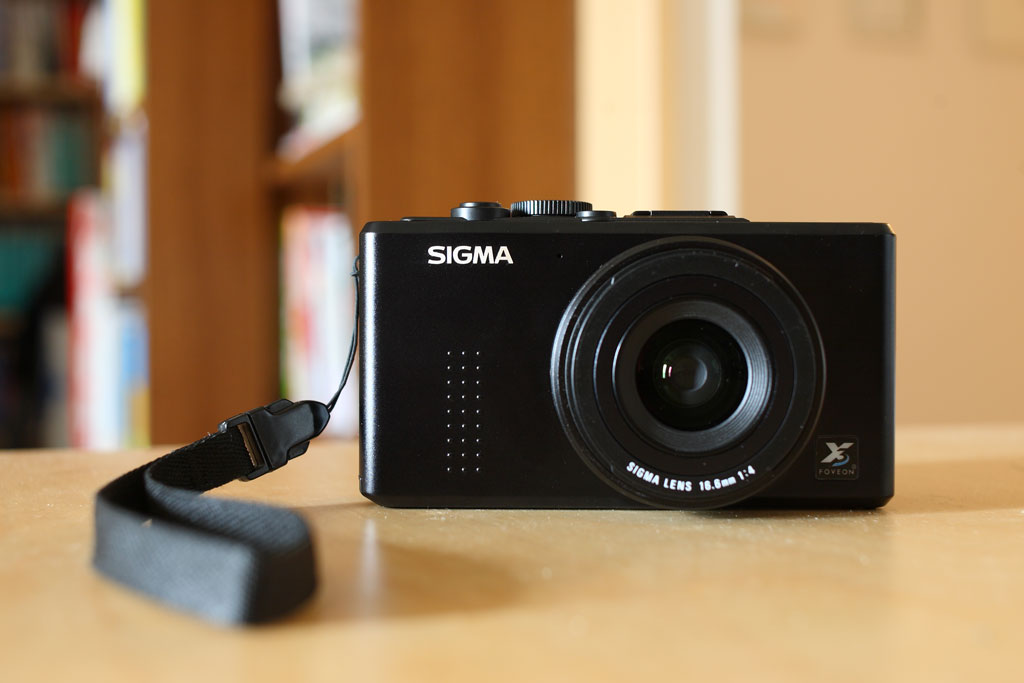
This is a unique vintage digital camera, with not only an APS-C sized sensor, but features what some consider the holy grail of sensors the FOVEON X3 sensor no less. It was incredibly small for a compact APS-C camera at the time, and has a lovely metal body, with simplistic styling and design.
Designed to give you “film” like results, the camera was so poor at higher ISO speeds, you had to use ISO50 or ISO100 only, and with an f/4 lens, this meant using it on sunny days or forever using a tripod or solid surface when taking photos.
The key to the Foveon sensor was true R,G,B colour information for every pixel, but the rapid increase in megapixels over the years made this matter less and less, as without interpolation, the Sigma DP1 series output 4.69megapixel images.
The other thing you needed to do was shoot RAW images for the best results, and this made this camera a real pain to use as the earliest models didn’t give you the option to shoot raw and JPEG at the same time!
Did we mention that to process the raw files, you had to use Sigma Photo Pro? An incredibly slow piece of software. Luckily these days, Photoshop can cope with this cameras raw files.
Fairly rare and now fairly expensive, the DP1 cameras can be found from around $200, and it wasn’t that they gave particularly good images (some may disagree), but the camera is unique in being one of very few cameras with a Foveon sensor.
Be warned though, time has not been kind to this camera, and you’ll find this quite a slow camera to use.
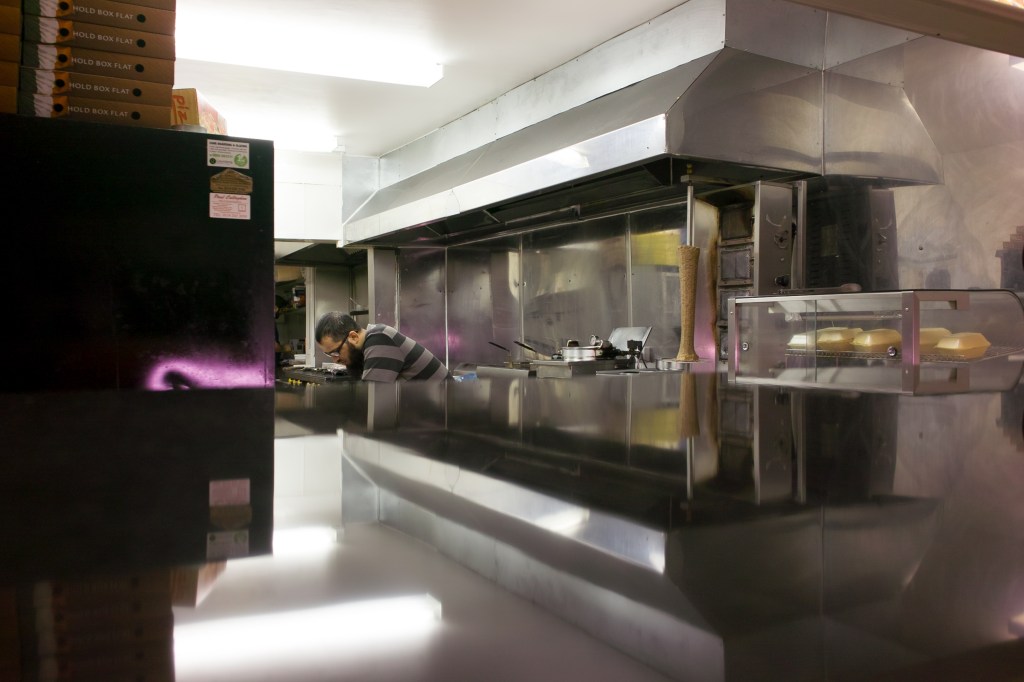
Highlights: Foveon sensor, metal body, uses SD memory cards (max size 2GB)
Side note: The Sigma DP2 cameras use a different lens with an f2.8, 41mm equivalent lens, with the DP2s (2010), DP2x (2011), and the only other compact camera, outside of Sigma’s cameras, to feature a Foveon sensor was the Polaroid x530, an extremely rare camera, for a variety of reasons.
Price from $180+, £150+
Cheapest APS-C camera: Sony Cyber-shot R1 (2005)

How does a 10MP APS-C CMOS sensor, crazy DSLR-like styling, an LCD screen on the top, and a 5x optical zoom lens sound? Need we say more? Well, yes, there’s plenty to say about this camera, with a Carl Zeiss branded f/2.8-4.8 aperture zoom lens with manual zoom ring, giving 24-120mm equivalent, the camera covers all the bases.
It’s difficult to find one in good condition, as the plastic build quality of the camera doesn’t particularly stand up to the ravages of time. But as long as you get a working camera with a clean lens you should still be able to use it, even if it is beat up a bit. With both raw and JPEG shooting, you can take some lovely images, and benefit from modern image processing, that is much better at dealing with noise in comparison to the camera’s own noise processing.
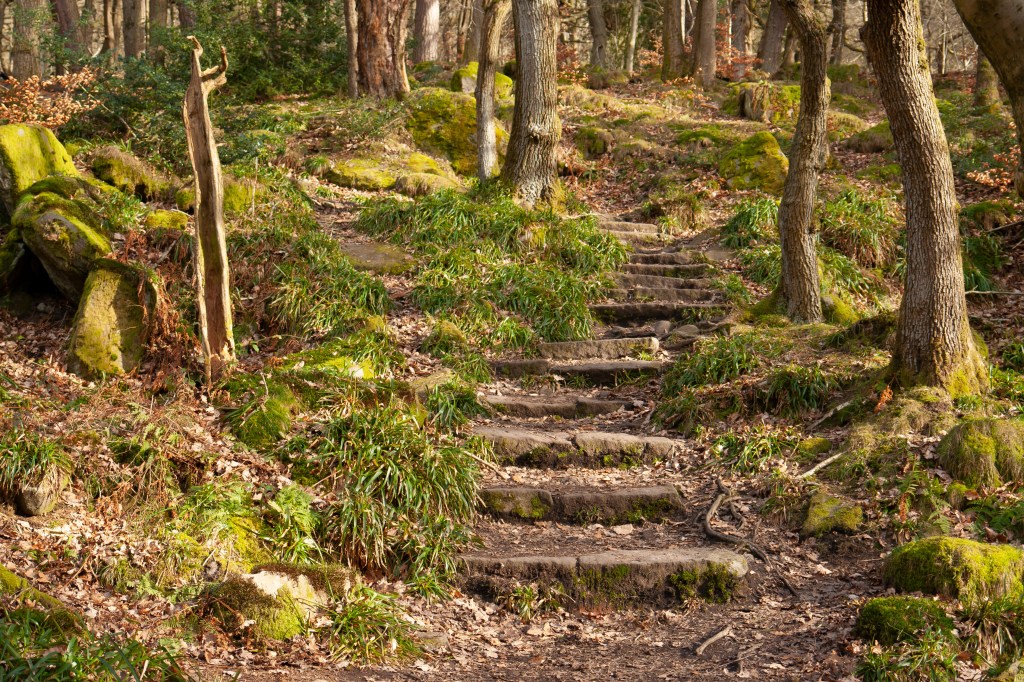
Highlights: CompactFlash or Sony Memory Sticks are supported, 10MP APS-C CMOS sensor
Price from $130+, £110+
Olympus PEN E-P1 (2009, 12MP)

This retro styled digital camera now looks truly vintage again, the first Micro Four Thirds camera from Olympus, this camera is capable of producing beautiful colours with great saturation. Paired with a pancake lens such as the Panasonic 14mm f/2.5, Olympus 17mm f/2.8, or Panasonic 20mm f/1.7 (shown above), focus may not be very quick, in fact it’ll seem downright slow compared to today’s cameras, but it should provide a lovely pocketable camera with a “real camera” feel.
The camera body is solidly made with a metal shell, and this gives it a real heftiness. Keep an eye out for the follow up model, the Olympus PEN E-P2, which is just as good. As this is getting older, it is also getting rarer, which is pushing up the price of this camera.

Highlights: Uses SDHC memory cards, with support for cards up to 32GB, metal build
Price from $120+, £100+
There is a massive range of affordable Micro Four Thirds lenses available.
Canon PowerShot G2 (4MP, 2001)

Alternatives: Canon Powershot G1 (3MP, 2000), Canon Powershot G3 (4MP, 2002)
This classic from the heady early years of consumer digital cameras was quite high-end in its day, being aimed very much at film SLR users. At a time when major advances appeared seemingly every month, it stood out by being arguably the best camera of its type for an entire year.
The G2 used the same design as its predecessor, the 3MP G1, but with softer, curvier styling. It’s conventionally laid out, with both an optical viewfinder and a fully articulated screen. You get a 4MP CCD sensor that offers ISO 50-400 along with a large aperture zoom lens, giving a useful 34-102mm equivalent range at f/2 – 2.5.
You can shoot either JPEG or raw files, but not at the same time – Canon users had to wait for the G3 for that level of sophistication. The JPEGs look great, with attractive colours, while modern software can get much more out of the raw files than was possible at the time.
The G2 is also surprisingly pleasant to use, with a control layout that places most of what you need at your fingertips. If you want the fun factor of classic digital without clunky handling or weird colours in your pictures, it’s a great choice.

Highlights: The camera uses compact flash cards, and the chunky BP-511 battery gives a decent number of shots per charge. Accessories include wide-angle and teleconverters, and you can use Canon EX flashguns on the hot shoe.
Prices from $65/£70 – Andy Westlake
Leica Digilux 2 (2003)

A rather special collaboration between Leica and Panasonic, the Leica Digilux 2 is plagued by issues that mean it’s rare to find a working camera these days, unless it was lucky enough to be repaired by Leica.
Not only was the camera affected by the batch of faulty 5MP Sony sensors (dealt with by Leica’s recall / repair policy), it was also a rather complicated camera. The gorgeously large zoom lens (28-90mm equivalent) makes the camera more similar in size to a large mirrorless camera, rather than a “compact camera”. If you can find one of these that works, you be rewarded with lovely looking images.

Sadly, these days, you’re going to be very lucky to find a working model for a reasonable price, as you’ll need to find one that’s been repaired. This can easily push the price to well over $400 for this truly classic camera.
Highlights: Uses SD cards, but with a maximum size of 2GB.
Why the Leica Digilux 2 is the first classic digital camera
Price from $360+, £300+
Casio EXILIM S100 (3.2MP, 2004)

Any Casio Exilim digital camera would be a great choice, but in particular the Casio Exilim S100 is the camera of choice – ultra-compact, ultra-stylish, and another camera with a metal body.
This was the world’s first compact camera with a ceramic lens. The camera has a 3MP sensor, and a 2.8x optical zoom lens. It’s also got a fun split photo mode, letting you stick together two different people’s heads for creative fun!
The Casio Exilim S100, like a lot of compact digital cameras from the time, originally came with a docking station so that when you wanted to transfer images or charge the battery you would simply put the camera onto the docking station. So for the true classic compact camera experience, make sure you look for a camera with all the accessories!
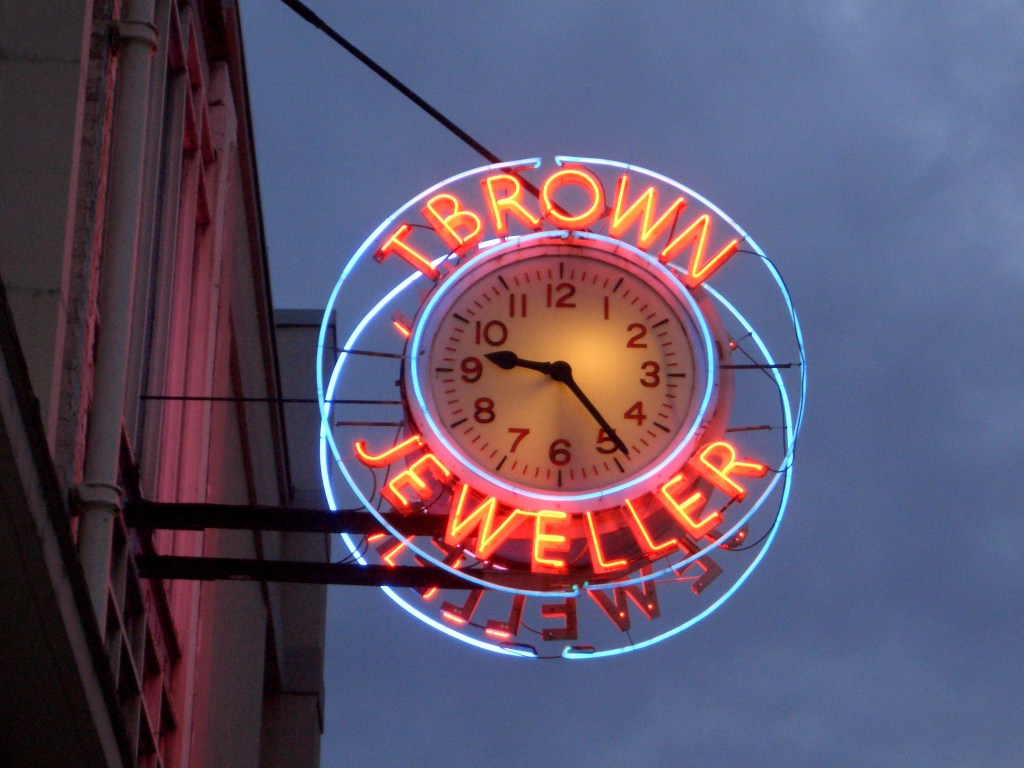
Highlights: Uses SD memory cards. Try and get one with the docking station, for the true experience of vintage digital cameras.
Price from $25+, £20+
Most expensive: Contax i4r (4MP, 2004)

Why is the Contax i4r so expensive?
Well, have you seen it? It looks like a luxurious bottle of perfume rather than a digital camera. There’s also the fact that Contax (Kyocera) were never really a mainstream brand in the world of digital cameras, so that makes these cameras increasingly rare.
This camera has a fixed focal length f/2.8 Zeiss lens with AF, and it’s worth noting that any other digital camera with a fixed focal length lens, rather than a zoom lens, is going to give you a unique look and experience compared to often slower zoom lenses.
Whilst this camera is very rare and quite good, but it’s debateable as to whether it’s really worth the very high prices being asked for these now, unless you are seriously in love with the style.

Highlights: Uses SD memory cards, available in silver, black, or red.
Price: Over $450-800, £400-650+ – if you want a similar camera, simply go for Canon Digital IXUS i or i5.
For fun: Lego Camera by Digital Blue – (3MP, 2009)

A true toy camera this was an officially licenced Lego product, meaning you could build extra Lego onto the camera, although unfortunately you can’t take it apart. This camera produces low quality 3MP images, but has the benefit of a true Xenon flash, giving you the potential for over-exposed photos synonymous with disposable film cameras. It’ll also make you the envy of the party if you show up with this camera!
This camera has 128MB of built-in memory good for a reasonable amount of photos, but if you have any problems connecting the camera to your computer, then you may find you’re unable to get the photos off the camera! Released in 2009, this camera is recognised by a Windows XP PC, but not one running Windows 10.

Highlights: 128MB of internal memory. Real Lego pieces can be attached to the camera. Real Xenon flash included.
Rare but they sometimes pop-up on that well-known auction site, from $50 to $110+, £40 to £80+.
Other fun / stylish and unique vintage digital cameras to look out for: #digitalcamera
- Canon Powershot SD40 / Canon Digital IXUS i7 Zoom (and earlier version)
- Sony Cyber-shot L1 (rare)
- Olympus Mju Mini Digital (Sylus Verve) / Mju Mini S
- Fujifilm Digital Q1 (2MP, 2003) (Rare)
- Fujifilm V10 – digital camera with built-in games
- Nikon Coolpix S6900 – with selfie screen, front shutter button and kickstand!
If you’re looking for more inspiration, have a look at our guide to retro Fujifilm X100VI alternatives, or our guide to the worst digital cameras, or why not have a look at more second-hand options.
Why would you buy a second hand compact camera, when you can buy a new compact digital camera?
Some people may be thinking, what’s the point buying a vintage digital camera, when you can buy a new compact camera? The main problem is that you need to spend over $400/£400 to buy a new compact camera from a main brand, like Canon, Sony, Panasonic, Nikon etc.
At the lower end of the market there are very few companies still making new compact cameras, and the unbranded models are often of questionable quality. If you do want to look at a new compact camera for around $100/£100, then have a look at the Kodak PixPro FZ45, which performs quite well, but make sure you avoid models like the AgfaPhoto DC8200!
Plus have a look at our detailed video on a variety of vintage digital cameras:
Related reading:
- Get the retro film look with your digital images
- Get the black and white film look with digital cameras
- Best vintage lenses to look at for the retro look





